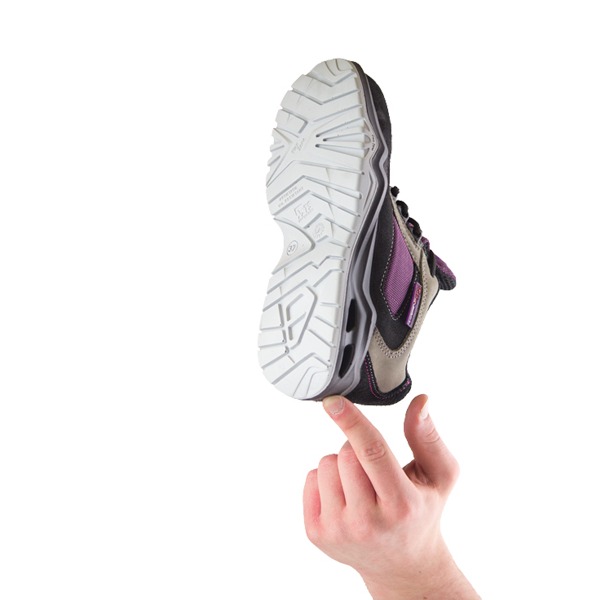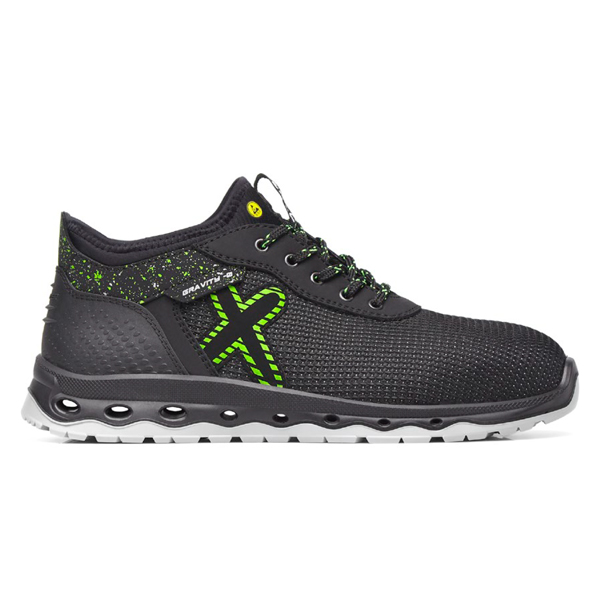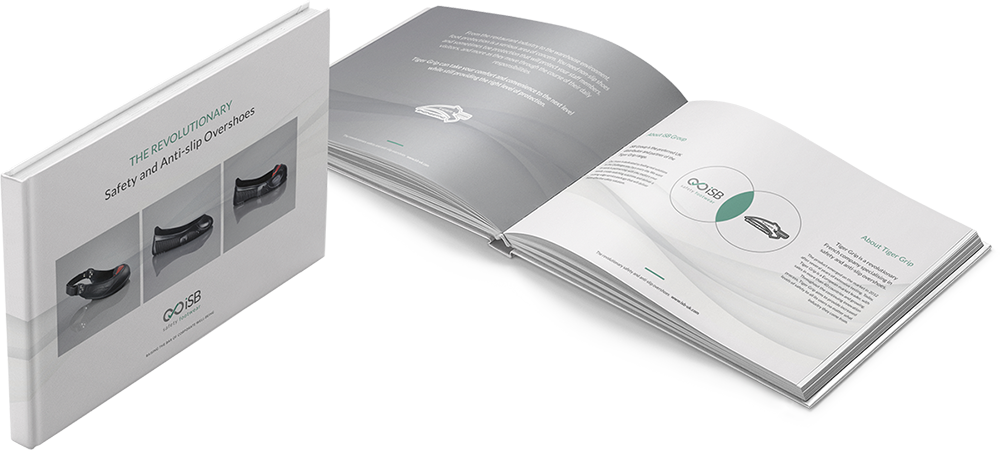
Lately it seems like everything is getting slimmed down. From the latest in ultra-lightweight mobile phones and laptops to keep us connected on-the-go, to cosmetics promising ‘a lighter feel’, and even foods that proudly declare ‘now with less fat’ – everywhere you look companies are clamouring to produce the smallest, lightest products for our delight.
But is lighter always better? Not when it comes to safety footwear.
Lightweight safety footwear: the good, the bad and the unnecessary
Obviously, no one wants to be walking around all day in super-heavy, clumpy work boots – and thankfully their time has long since passed. But, while advances in materials science have enabled great innovations in light-weighting for comfort and portability, the ongoing pursuit of lighter and lighter footwear is having negative consequences from a safety point of view.
This is because swapping out materials for lighter weight alternatives that perform just as well or better can only take us so far. At some point, in order to achieve footwear that is even lighter in weight than its predecessor, you inevitably end up removing material altogether, which will negatively affect the performance of any safety features.
Removing material from the sole of a shoe, or replacing it with less dense material, will make it lighter, but is likely to result in a less comfortable shoe made from cheaper materials that won’t offer the same penetration or slip resistance.
The bottom line is: just because you can make something lighter, doesn’t mean you should.
Lightweight safety footwear: what to consider
When it comes to choosing safety boots, shoes or trainers, there are lots of things you’ll need to consider, and weight is just one of many factors that will affect a shoe’s comfort, durability and safety performance.
The main areas for consideration when purchasing safety footwear are:
- Who will be wearing the footwear, and what environment do they work in? Knowing this will enable you to select footwear that meets the relevant safety standards for that environment. Find out more: Download our guide to safety footwear standards.
- What sort of tasks does their role require, and what kind of physical movements are needed to perform them? To guard against injury and discomfort, and to ensure footwear is durable under stress, it’s important to choose footwear that offers the wearer the right combination of flexibility, robustness, cushioning and rebound for the requirements of their specific role.
Get these basics right, and you’ll find that comfort and wearability needn’t necessarily mean lighter-than-light.
If you need more help or guidance on choosing the right safety footwear for your business, you can download our handy guide. Remember, too, that a reputable safety footwear supplier should let you try before you buy so you can be sure you’re purchasing a product that does the job you need it to do.
You might also be interested in:
The top 5 safety footwear for warehousing and logistics in 2022
What makes safety shoes safe? Pt 1: The Sole
You Might Like...
 1
1
Gravity Jupiter Safety Trainers- E3200
Ultra resistant textile TECNO-TEXT upper
 2
2
Gravity Jupiter Safety Trainers- E3200
Ultra resistant textile TECNO-TEXT upper
 3
3
Gravity Jupiter Safety Trainers- E3200
Ultra resistant textile TECNO-TEXT upper
 4
4
Gravity Jupiter Safety Trainers- E3200
Ultra resistant textile TECNO-TEXT upper

















